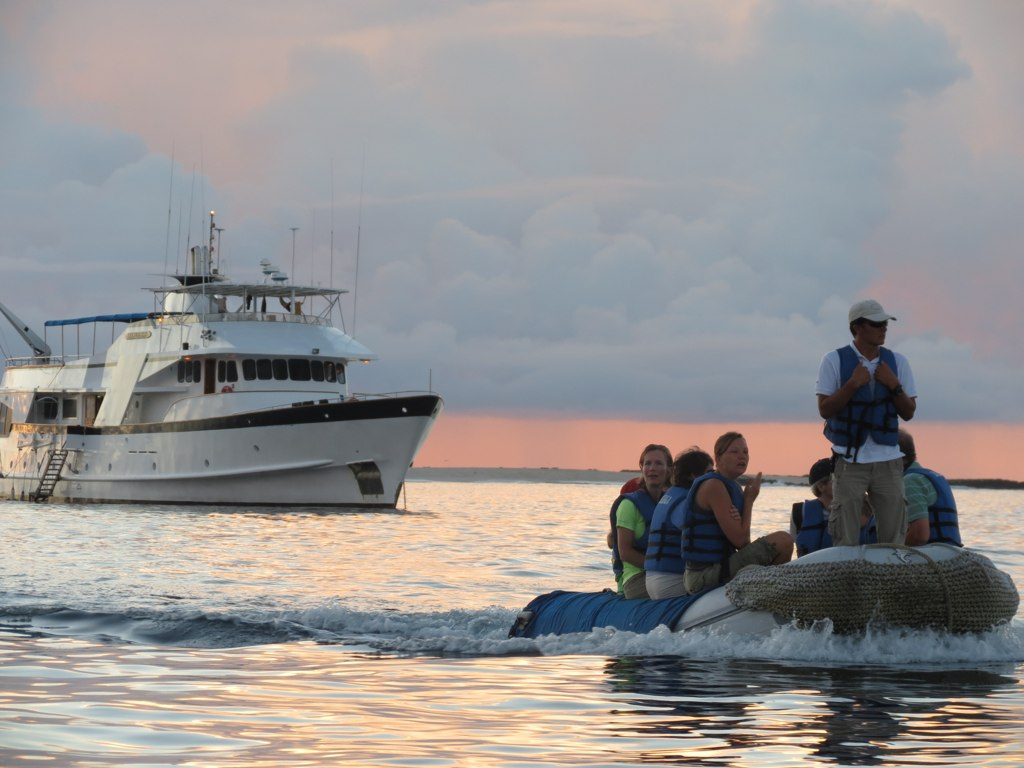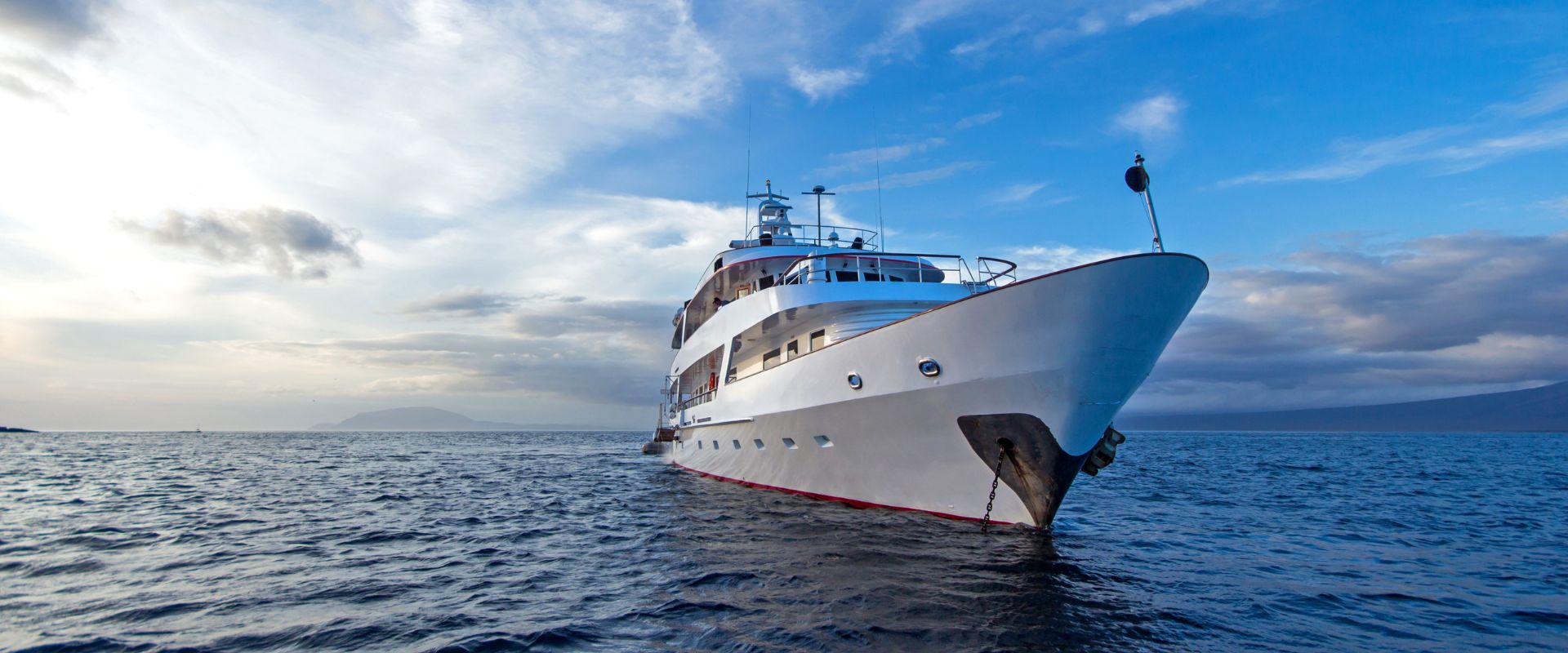One of the Most Pristine Wildlife Reserves
The Galapagos Islands
The Galapagos islands… a unique archipelago… a unique experience. It is dramatic yet beautiful world of volcanic landscapes and fearless animals: Giant tortoises, fur seals, sea lions, marine iguanas, frigate birds, blue-footed boobies and much more. A visit to this national park and world heritage site will be an unforgettable, and unparalleled experience. The archipelago encompasses over 50 islands of volcanic origin that are spread out over an area of about 4500 sq. kms. The oldest of these is not more than 2.4 million years old, a baby in geological terms. The islands are among the most volcanically active group of islands in the world.
The Galapagos gained fame with the publication of Darwin’s Voyage Of The Beagle and Origin Of The Species, but also with various scientific expeditions, notably, The California Academy of Sciences in 1906. The Galapagos National Park was established in 1959 to protect the unique and therefore precious flora and fauna of the islands. In that same year the Charles Darwin Research Station was founded in Academy Bay on Isla Santa Cruz. Both of these help to create the well managed and protected national park we have today. Located in the Pacific Ocean, roughly 1000km off the coast of Ecuador, straddling the equator. The isolation of these islands has permitted life forms to evolve into species found only in Galapagos. Famously observed by Charles Darwin, his research contributed to the fame of the islands.






